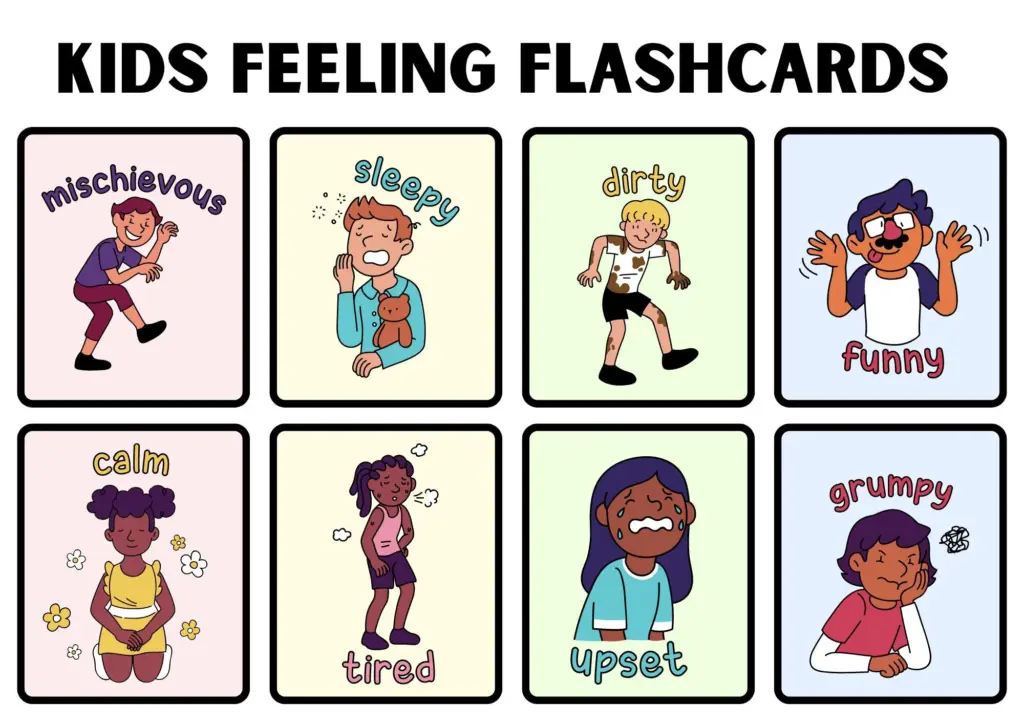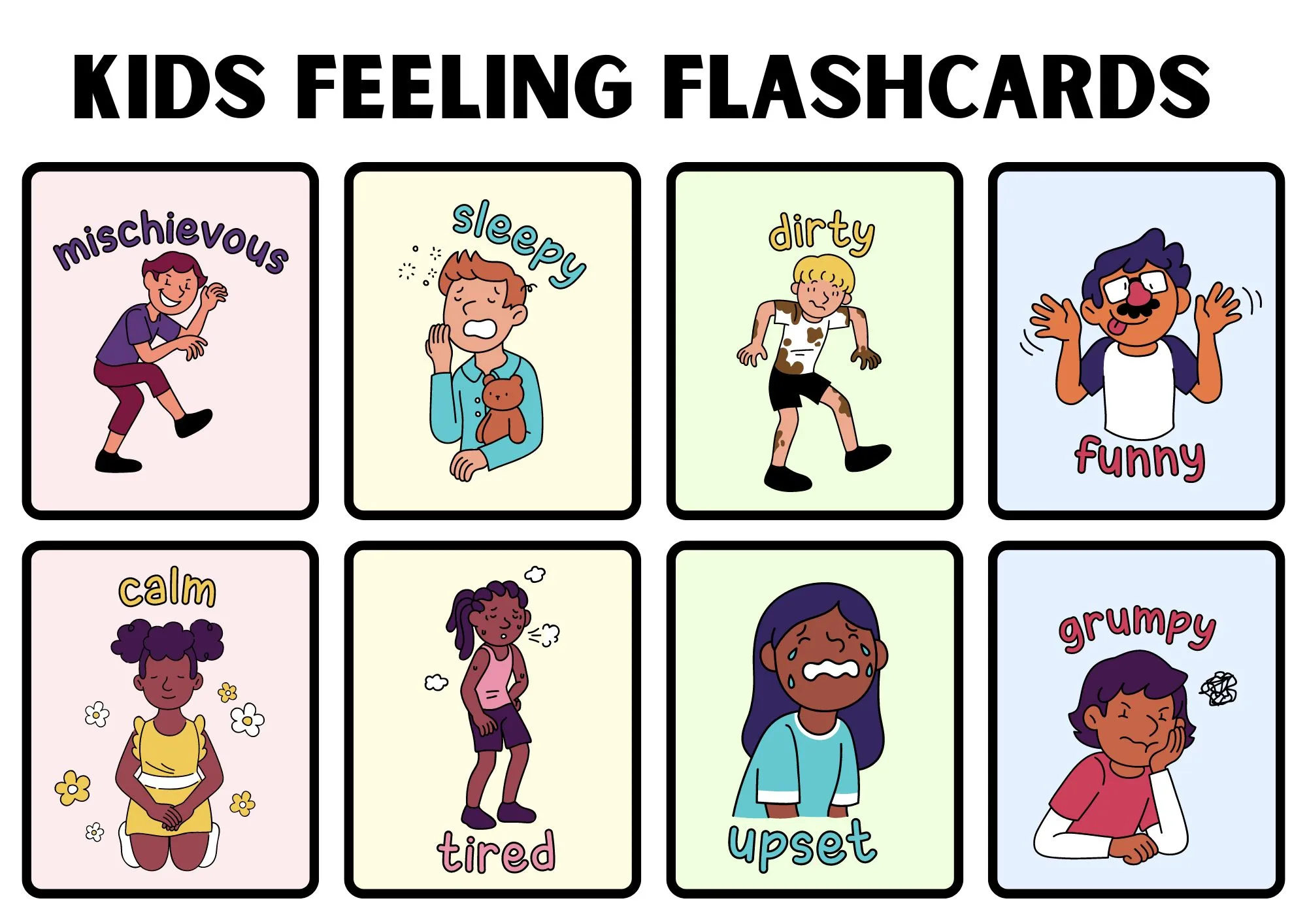
Unlocking Emotions: How a Kid Friendly Feelings Wheel Can Help Children Thrive
Navigating the complex world of emotions can be challenging, especially for children. They often lack the vocabulary and understanding to express what they’re feeling, leading to frustration, outbursts, or withdrawal. A kid friendly feelings wheel is a powerful tool that can help children identify, understand, and communicate their emotions in a healthy and constructive way. This article explores the benefits of using a feelings wheel for kids, how to introduce it, and practical tips for incorporating it into daily life. We’ll delve into the psychological underpinnings, explore different types of feelings wheels, and offer expert advice on maximizing its effectiveness.
What is a Kid Friendly Feelings Wheel?
A feelings wheel, also known as an emotion wheel, is a visual tool that organizes emotions into a circular diagram. The basic emotions, such as happiness, sadness, anger, fear, and surprise, are usually located in the center of the wheel. Moving outward, the wheel expands to include more specific and nuanced emotions related to the core feelings. A kid friendly feelings wheel simplifies this concept by using age-appropriate language, illustrations, and colors to make it accessible and engaging for children.
These wheels are designed to be interactive and encourage children to explore a wide range of emotions. Instead of simply saying “I’m sad,” a child can use the wheel to identify if they are feeling disappointed, lonely, or heartbroken. This increased specificity allows for more effective communication and problem-solving.
Benefits of Using a Feelings Wheel for Kids
The benefits of introducing a kid friendly feelings wheel to children are numerous and far-reaching. Here are some key advantages:
- Improved Emotional Literacy: Helps children develop a broader emotional vocabulary, enabling them to accurately identify and label their feelings.
- Enhanced Communication: Provides a common language for discussing emotions, making it easier for children to communicate their needs and concerns to parents, teachers, and peers.
- Increased Self-Awareness: Encourages children to reflect on their internal states and understand the connection between their thoughts, feelings, and behaviors.
- Better Emotional Regulation: By identifying their emotions early, children can learn to manage them more effectively, preventing emotional outbursts and promoting emotional stability.
- Empathy Development: Helps children understand and recognize emotions in others, fostering empathy and compassion.
- Reduced Anxiety and Stress: Provides a framework for understanding and processing difficult emotions, reducing anxiety and stress levels.
- Stronger Relationships: Improves communication and understanding in relationships, leading to stronger bonds with family members, friends, and classmates.
Introducing the Feelings Wheel to Children
Introducing a kid friendly feelings wheel requires a gentle and patient approach. Here are some tips to make the introduction successful:
Choose the Right Wheel
Select a feelings wheel that is age-appropriate and visually appealing. Look for wheels with clear, simple language and engaging illustrations. Consider the child’s developmental level and emotional maturity when making your choice. Some wheels are designed for younger children with basic emotions, while others are more complex and suitable for older children and teenagers.
Create a Safe and Supportive Environment
Introduce the feelings wheel in a calm and supportive environment where the child feels safe to express their emotions. Avoid using the wheel during times of stress or conflict. Instead, choose a quiet moment when you can focus on the child’s emotional well-being.
Explain the Concept
Explain the concept of the feelings wheel in simple terms. Let the child know that it’s a tool to help them understand and express their emotions. Emphasize that all emotions are valid and that it’s okay to feel a wide range of emotions. Avoid judging or dismissing their feelings.
Start with Basic Emotions
Begin by focusing on the basic emotions in the center of the wheel, such as happy, sad, angry, and scared. Discuss each emotion and ask the child to share examples of times they have felt that way. Use real-life scenarios or stories to illustrate the emotions.
Gradually Introduce More Complex Emotions
As the child becomes more comfortable with the basic emotions, gradually introduce more complex emotions from the outer layers of the wheel. Explain the nuances between similar emotions, such as “frustrated” versus “angry” or “disappointed” versus “sad.”
Use the Wheel Regularly
Make the feelings wheel a regular part of your conversations with the child. Ask them how they are feeling each day and encourage them to use the wheel to identify their emotions. You can also use the wheel to discuss the emotions of characters in books, movies, or TV shows.
Model Emotional Expression
Model healthy emotional expression by using the feelings wheel to describe your own emotions. This shows the child that it’s okay to talk about feelings and that you are comfortable expressing your own emotions. For example, you might say, “I’m feeling a little stressed today because I have a lot of work to do.”
Practical Tips for Using a Kid Friendly Feelings Wheel
Here are some practical tips for effectively using a kid friendly feelings wheel with children:
- Create a Visual Display: Print out the feelings wheel and display it in a prominent location, such as the child’s bedroom or the family room. This will serve as a constant reminder and encourage the child to use it regularly.
- Incorporate into Daily Routines: Make it a part of your daily routine to check in with the child about their emotions. Ask them how they are feeling during breakfast, after school, or before bedtime.
- Use it During Conflicts: When conflicts arise, encourage the child to use the feelings wheel to identify their emotions. This can help them communicate their needs and find constructive solutions.
- Connect Emotions to Behaviors: Help the child understand the connection between their emotions and behaviors. For example, if they are feeling angry, they might lash out at others. Discuss alternative ways to express their anger, such as taking deep breaths or talking to a trusted adult.
- Make it Fun and Engaging: Use games, activities, and creative projects to make learning about emotions fun and engaging. You can create emotion-themed art projects, write stories about characters with different emotions, or play emotion charades.
- Be Patient and Supportive: Remember that learning about emotions takes time and practice. Be patient and supportive, and celebrate the child’s progress along the way.
- Adapt to the Child’s Needs: Adapt the way you use the feelings wheel to the child’s individual needs and preferences. Some children may prefer to use the wheel independently, while others may need more guidance and support.
Types of Kid Friendly Feelings Wheels
There are various types of kid friendly feelings wheels available, each with its own unique design and features. Here are some common types:
- Basic Feelings Wheels: These wheels focus on the core emotions, such as happy, sad, angry, scared, and surprised. They are ideal for younger children who are just beginning to learn about emotions.
- Expanded Feelings Wheels: These wheels include a wider range of emotions, providing more specific and nuanced options. They are suitable for older children and teenagers who have a more developed emotional vocabulary.
- Illustrated Feelings Wheels: These wheels use illustrations to depict different emotions, making them more visually appealing and accessible to children.
- Interactive Feelings Wheels: These wheels feature interactive elements, such as movable pointers or stickers, that allow children to actively engage with the wheel.
- Customizable Feelings Wheels: These wheels allow you to customize the emotions and language to suit the child’s individual needs and preferences.
Expert Advice on Maximizing the Effectiveness of a Feelings Wheel
To maximize the effectiveness of a kid friendly feelings wheel, consider these expert tips:
- Consult with a Therapist or Counselor: If you are concerned about a child’s emotional well-being, consult with a therapist or counselor. They can provide guidance on how to use the feelings wheel effectively and address any underlying emotional issues.
- Combine with Other Emotional Learning Tools: Use the feelings wheel in conjunction with other emotional learning tools, such as books, games, and activities. This will provide a more comprehensive and engaging learning experience.
- Focus on the Process, Not the Outcome: Focus on the process of exploring and understanding emotions, rather than on achieving a specific outcome. The goal is to help the child develop emotional literacy and self-awareness, not to fix their emotions.
- Be a Role Model: Be a role model for healthy emotional expression. Show the child that it’s okay to talk about feelings and that you are comfortable expressing your own emotions.
- Celebrate Progress: Celebrate the child’s progress in learning about emotions. Acknowledge their efforts and encourage them to continue exploring their feelings.
Conclusion
A kid friendly feelings wheel is a valuable tool for helping children develop emotional literacy, improve communication, and enhance their overall well-being. By introducing the wheel in a gentle and supportive manner, and incorporating it into daily life, you can empower children to navigate the complex world of emotions with confidence and resilience. Remember to choose the right wheel, create a safe environment, and model healthy emotional expression. With patience and practice, you can help children unlock their emotions and thrive.
By using a kid friendly feelings wheel consistently, children can develop a stronger sense of self-awareness and emotional intelligence, leading to healthier relationships and a more fulfilling life. It’s an investment in their future that pays dividends in their emotional well-being. The kid friendly feelings wheel is more than just a chart; it’s a gateway to understanding and connection.
[See also: The Importance of Emotional Intelligence in Children]
[See also: Activities to Promote Emotional Development in Kids]

